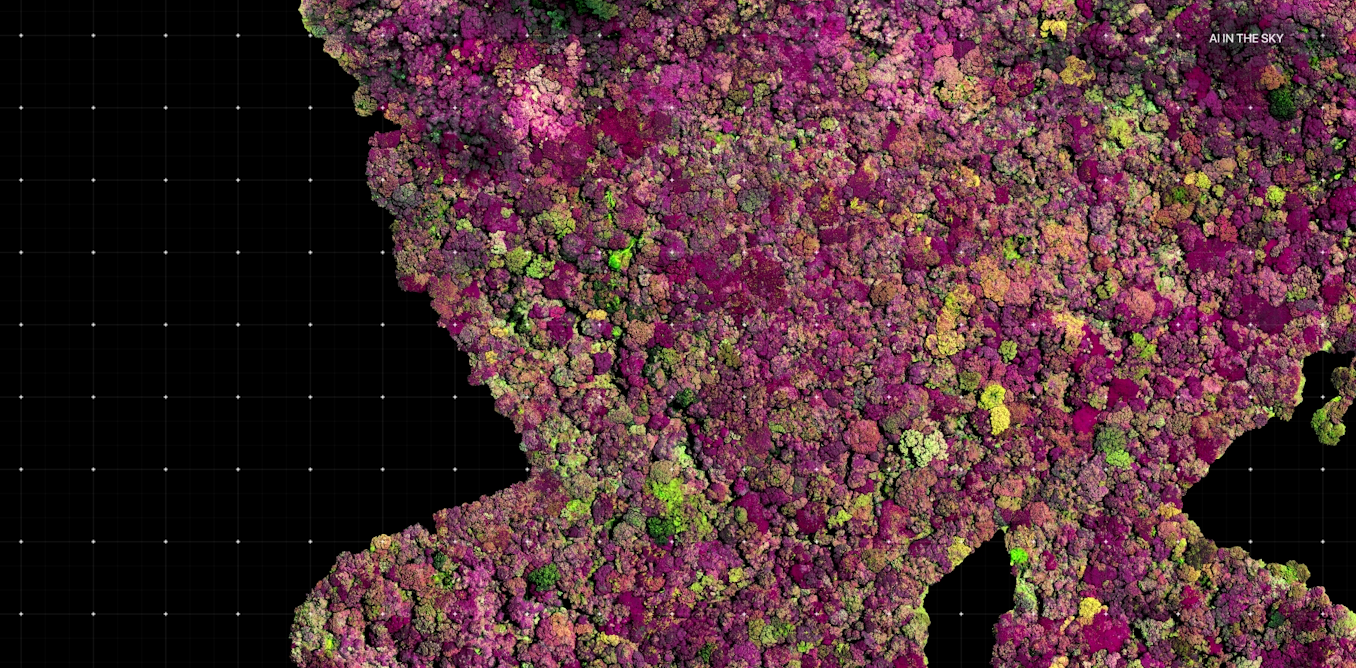- cross-posted to:
- [email protected]
- cross-posted to:
- [email protected]
Fearing that the final stem would be destroyed, the Forestry Department removed it from the wild in 1916 for safekeeping in a protective enclosure in Pretoria, South Africa, making it extinct in the wild. The plant has since been propagated worldwide. However, the E. woodii faces an existential crisis. All the plants are clones from the Ngoye specimen. They are all males, and without a female, natural reproduction is impossible. E. woodii’s story is one of both survival and solitude.
Cycads are the oldest surviving plant groups alive today and are often referred to as “living fossils” or “dinosaur plants” due to their evolutionary history dating back to the Carboniferous period, approximately 300 million years ago. During the Mesozoic era (250-66 million years ago), also known as the Age of Cycads, these plants were ubiquitous, thriving in the warm, humid climates that characterised the period.
Although they resemble ferns or palms, cycads are not related to either. Cycads are gymnosperms, a group that includes conifers and ginkgos. Unlike flowering plants (angiosperms), cycads reproduce using cones. It is impossible to tell male and female apart until they mature and produce their magnificent cones.
Despite their longevity, today cycads are ranked as the most endangered living organisms on Earth with the majority of the species considered threatened with extinction. This is because of their slow growth and reproductive cycles, typically taking ten to 20 years to mature, and habitat loss due to deforestation, grazing and over-collection. Cycads have become symbols of botanical rarity.


